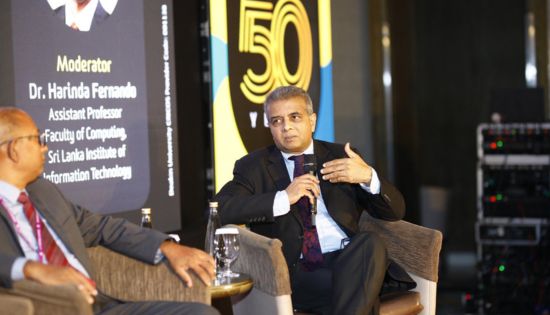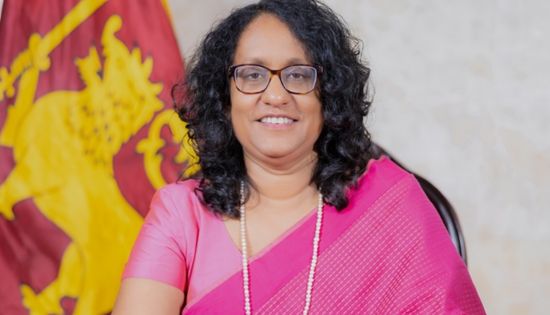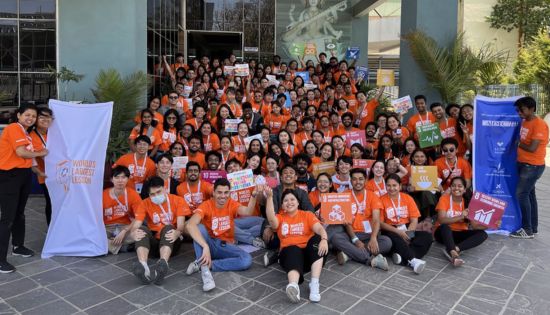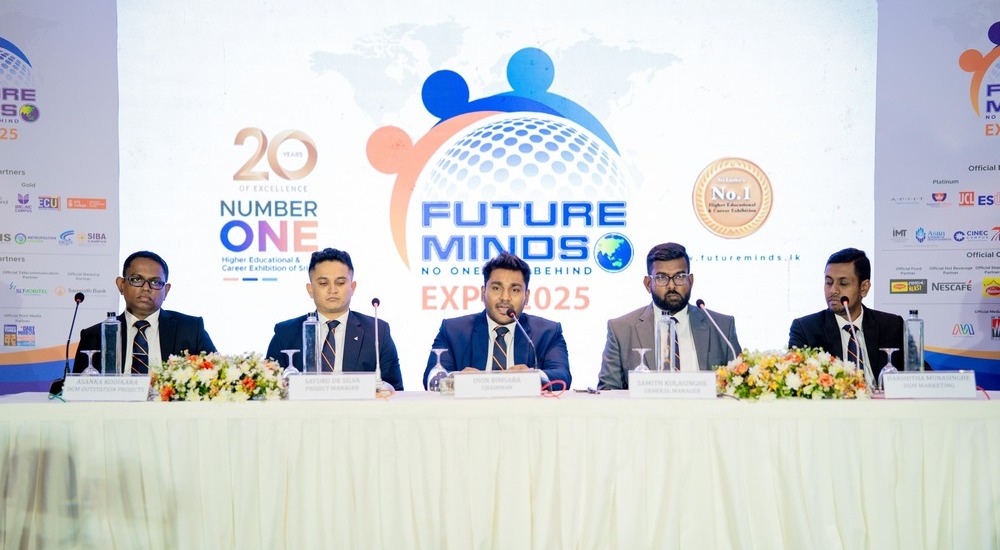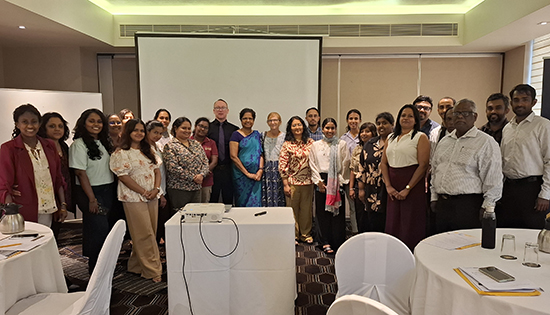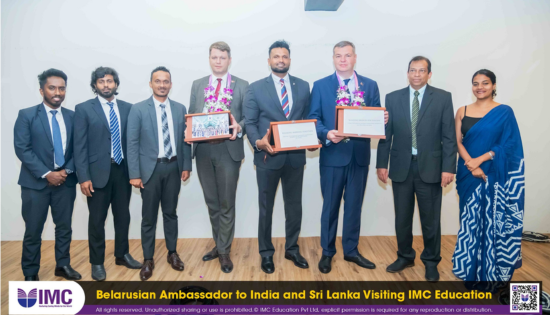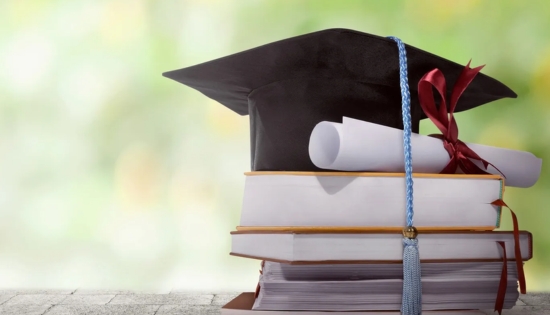Harnessing CDP and Generative AI to Transform Personalized Neurorehabilitation for Brain Tumor Patients
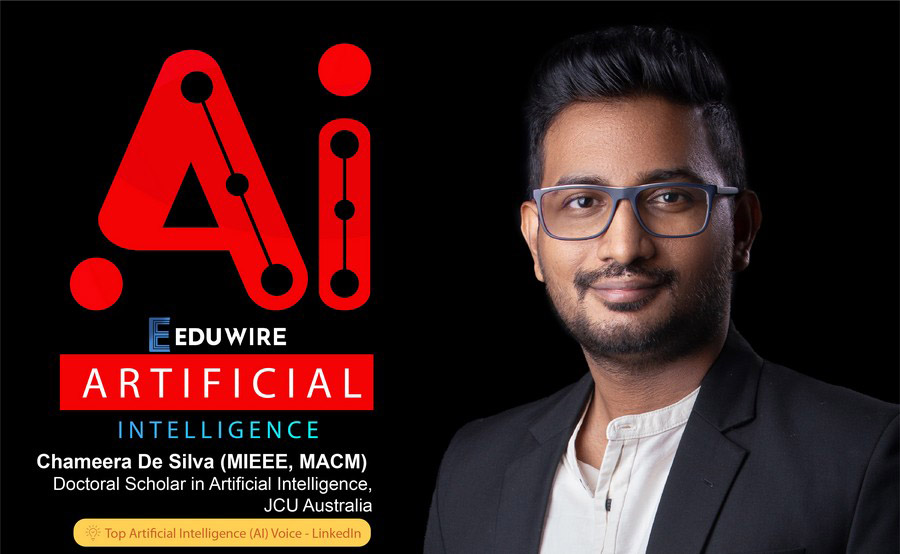
Brain tumor patients face a range of complex challenges, from cognitive to physical impairments, but one of the most critical yet overlooked aspects is balance dysfunction. Pre-surgical assessment of balance can significantly shape surgical outcomes, rehabilitation, and overall quality of life for patients. Traditionally, neurosurgeons have relied on clinical evaluations and imaging to assess risks, but a more comprehensive, data-driven approach is emerging. Computerized Dynamic Posturography (CDP) and Generative AI (Gen AI) together offer a revolutionary solution, adding depth to pre-surgical planning and improving patient outcomes.
The Role of CDP in Balance Assessments
CDP is a cutting-edge tool that quantifies a patient’s ability to maintain balance under various conditions. This technology tests how well patients respond to changes in their environment, measuring sensory and motor control of balance. By identifying specific deficits before surgery, neurosurgeons can anticipate potential complications and customize their approach to minimize damage to critical areas involved in balance control.
CDP also provides objective, quantifiable data that offers a reliable baseline for post-surgical recovery, making it invaluable for both surgeons and rehabilitation teams. Pre-surgical balance assessments, powered by CDP, allow medical teams to tailor interventions that reduce the risk of falls and optimize recovery timelines, enhancing the patient’s quality of life both during and after treatment.
How Generative AI Enhances CDP Data
While CDP offers valuable insights, the sheer amount of data it generates can be overwhelming. This is where Generative AI steps in as a transformative tool. By analyzing vast datasets produced by CDP assessments, Gen AI can help detect subtle patterns in a patient’s balance dysfunction that might otherwise go unnoticed. These patterns can be linked to specific brain regions, helping surgeons predict how different surgical approaches might affect balance and other motor functions. Additionally, Generative AI can simulate various surgical outcomes based on pre-surgical data, helping neurosurgeons make better-informed decisions. For example, AI algorithms can generate predictions about how a patient’s balance might be impacted depending on the approach taken during surgery. This capability allows for a more refined and individualized surgical plan, minimizing risks while maximizing the chances of a successful outcome.
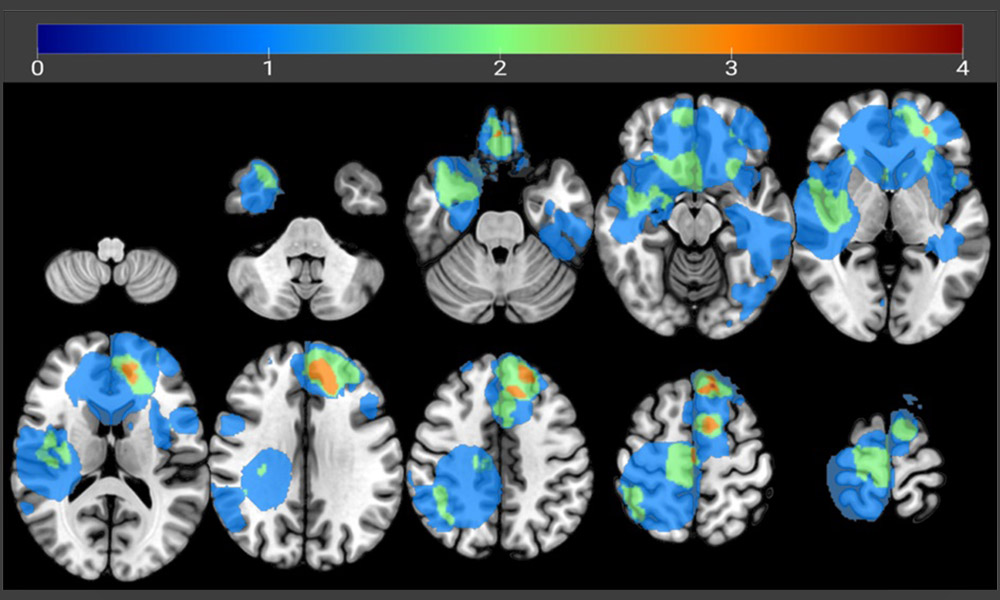
Figure 1: Neuroimaging data showing altered brain activity in regions associated with motor control and balance (cerebellum, thalamus, motor cortex), overlaid with color-coded intensity maps. This visualization helps correlate balance dysfunction in brain tumor patients with specific structural abnormalities.
Optimizing Rehabilitation with CDP and AI
Beyond the operating room, the combination of CDP and Generative AI has the potential to revolutionize post-operative rehabilitation. AI algorithms can track a patient’s progress, comparing their post-surgical balance performance to their pre-surgical baseline. This allows for the creation of personalized rehabilitation programs that evolve in real-time as the patient improves. AI can also predict potential setbacks or complications in recovery, enabling early interventions that can significantly improve long-term outcomes.
A New Era in Pre-Surgical Planning
The integration of CDP and Generative AI is ushering in a new era of pre-surgical planning for brain tumor patients. By providing a more detailed and comprehensive understanding of balance dysfunctions, these technologies allow for truly personalized care. Patients can benefit from more accurate surgical interventions and tailored rehabilitation strategies, ultimately leading to better outcomes and improved quality of life. The collaboration of CDP and Generative AI represents a game-changing advance in the field of neurosurgery. As these technologies continue to evolve, they hold the potential to reshape how we approach not only brain tumor surgeries but also the broader realm of neuro-rehabilitation. This integration marks a significant step toward more precise, data-driven, and patient-centered care.
Related News
OxfordAQA continues its rollout of teacher training in Sri Lanka
Following successful training for English teachers in September, OxfordAQA continues to demonstrate its commitment to supporting teachers with a sold-out training session…
Read MoreOfficial Visit from the Ambassador of Belarus to IMC Education
IMC Education recently had the distinct honor of hosting His Excellency, the Ambassador of Belarus. The visit served to strengthen the collaboration…
Read MoreUCL Partners with SLT-Mobitel for National AI Expo & Conference 2025
UCL Sri Lanka proudly partnered with SLT-Mobitel as the Higher Education Partner for the National AI Expo & Conference 2025, held recently…
Read MoreNIBM Day on Digital Marketing & Brand Management 2025
The Marketers Hub of the National Institute of Business Management (NIBM) proudly presents NIBM Day on Digital Marketing & Brand Management 2025,…
Read MoreDeadline Extended for 2026 Commonwealth Master’s and Doctoral Scholarships in the UK
The Ministry of Education, Higher Education and Vocational Education has announced that applications are now open for the 2026 Commonwealth Master’s and…
Read MoreCourses
-

Small Grant Scheme for Australia Awards Alumni Sri Lanka
Australia Awards alumni are warmly invited to apply for a grant up to AUD 5,000 to support an innovative project that aim… -

MBA in Project Management & Artificial Intelligence – Oxford College of Business
In an era defined by rapid technological change, organizations increasingly demand leaders who not only understand traditional project management, but can also… -
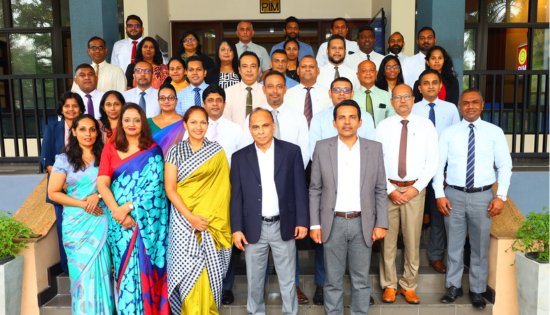
PIM Launches Special Programme for Newly Promoted SriLankan Airlines Managers
The Postgraduate Institute of Management (PIM) has launched a dedicated Newly Promoted Manager Programme designed to strengthen the leadership and management capabilities… -
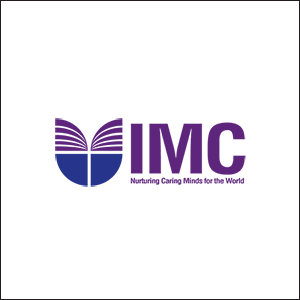
IMC – Bachelor of Psychology
IMC Education Overview IMC Campus in partnership with Lincoln University College (LUC) Malaysia offers Bachelor of Psychology Degree right here in Sri… -

ANC – BA (Hons) International Business Management (Top-Up)
ANC Education Overview Designed in partnership with public and private business organizations, this program develops one’s ability to critically evaluate business models… -
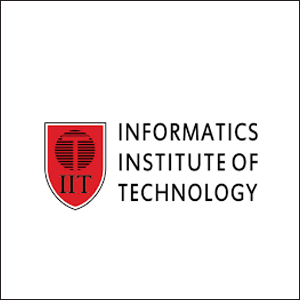
IIT – BSc (Hons) Computer Science
IIT Campus Overview BSc (Hons) Computer Science provides a solid foundation and training regarding the fundamentals of the computer science field, along… -
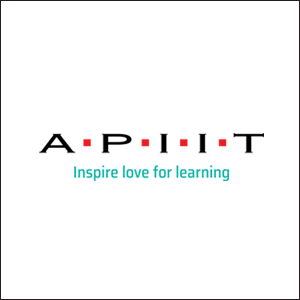
APIIT – BSc (Hons) Cyber Security
APIIT Sri Lanka Overview Our BSc (Hons) Cyber Security award is designed to launch your future career in the protection of software… -

ICBS – BSC (Hons) Business Management with Marketing Management
ICBS Overview The BSc (Hons) Business Management with Marketing program, awarded by Queen Margaret University (QMU), is a highly regarded degree that… -
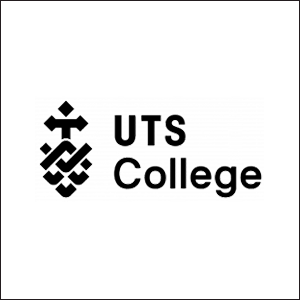
UTS – Diploma of Science
UTS College Sri Lanka Overview The Diploma of Science is designed to empower you to apply scientific thinking and analysis to important… -

CSA – Master of Architecture and Environmental Design
City School of Architecture Overview The Master of Architecture and Environmental Design Degree at CSA is awarded by the University of the… -

APIIT – BSc (Hons) International Business Management
APIIT Sri Lanka Overview Increasingly businesses are becoming more and more international. This requires business management professionals to have knowledge, skills and… -

IIT – BSc (Hons) Artificial Intelligence And Data Science
IIT Campus Overview The BSc (Hons) Artificial Intelligence and Data Science course is awarded by Robert Gordon University (RGU) in the UK… -

ICBS – International Degree Foundation in Business / IT
ICBS Overview The Scottish Qualification Authority (SQA) is a globally recognized organization dedicated to education and qualification development. SQA is responsible for… -

APIIT – BA (Hons) Finance and Business Enterprise
APIIT Sri Lanka Overview Finance and accounting are no longer just about taxation and the management of financial capital. This award will… -

APIIT – MBA General
APIIT Sri Lanka Overview The MBA is awarded by Staffordshire University, UK. This award is an advanced course of study in management…
Newswire
-

Test Twenty : Cricket’s newest format explained
ON: October 17, 2025 -

Navy nabs fishing vessel suspected of transporting drugs
ON: October 17, 2025 -

08 killed in seven road accidents reported across Sri Lanka on Thursday
ON: October 17, 2025 -

Above 75 mm of rain expected in some areas today
ON: October 17, 2025 -

ICC Women’s World Cup 2025 – Points Table
ON: October 16, 2025

